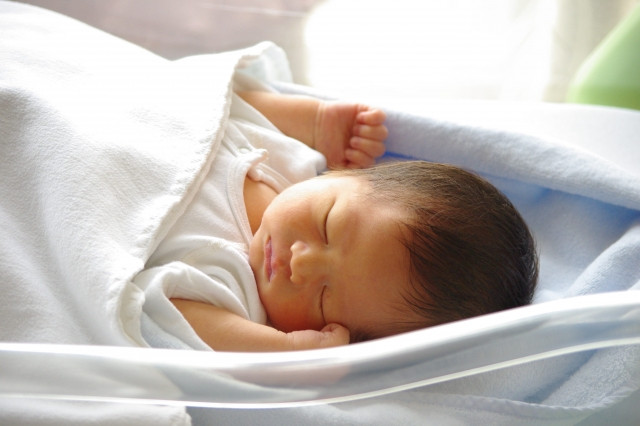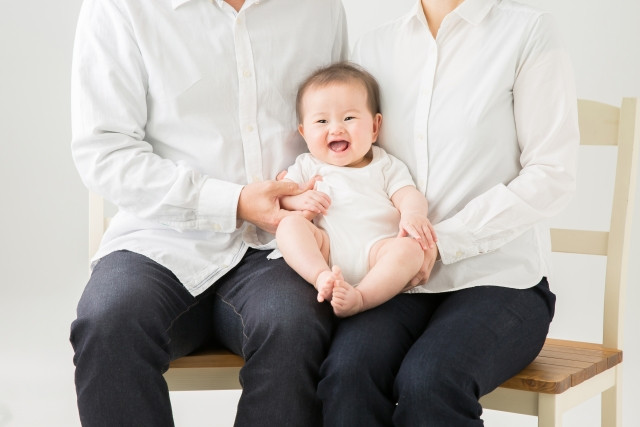Starting a family demands sufficient knowledge about the financial needs to sustain it. Before expenses cover childcare, childbirth costs should be taken into account. The cost of childbirth in Japan may vary depending upon the medical facility and the mother’s condition, and financial support from the government.
Table of Contents
Natality in Japan
Natality is the factor that influences population increases and is often expressed as the number of birth rates. Together with the mortality rate, natality helps determine the dynamics of a population, allowing scientists to describe whether the population is increasing, decreasing, or constant.
Natality is an issue for many governments as it can affect national development plans and poverty eradication policies. Bigger populations are typically disadvantageous as these lead to lesser resources (in the form of money, land, social services, etc.) allocated per individual citizen. Hence for a lot of highly populated countries in the world with limited resources, the goal is to slow down the birth rate.
Unlike other countries in the world, however, Japan must increase its birth rate. For several years now, Japan's birth rate has been continuously decreasing, hitting a record low of 7.4% based on the 2019 statistical record of the Ministry of Health, Labour and Welfare. This is a problem in the long term because it means that the elderly population will be greater than the number of productive, young people. In 2018, more than 28% of Japan's 126 million population was older than 65, which means that a shrinking group of workers supports a greater elderly group in need of pensions and health care services. If the trend continues, Japan will have trouble filling in businesses' labor needs, hence causing a disruption in the economy's delicate balance.
※ Statistics Bureau of Japan, "Statistical Handbook of Japan 2019," p.14-16
To address its declining natality, the government has invested in various services to persuade women to have babies again. Some of these investments include subsidies for childcare and education and longer parental leaves. Some company health insurance providers in Japan, such as IBM, cover the insured mother a lump sum amount per child to cover medical care and other costs during the pregnancy.
※ IBM Japan Health Insurance Association, "Childbirth"
Writer's Pick
Giving Birth in Japan

Despite Japan’s unique population situation, it is considered one of the best places in the world to have a baby. Maternal and infant mortality in the country is among the lowest in the world. Prenatal care is also exceptional, with many doctors favoring a more holistic approach.
Those who wish to give birth in the country must follow a strict protocol from pregnancy to birth. When women have confirmed their pregnancy, they must notify their local municipal administrative office so that a Maternal and Child Health Handbook can be issued, and baseline health data from both mother and child can be established. As periodic checkups are required during the pregnancy, the government also issues 14 vouchers to help with the cost of the checkups.
※ Council of Local Authorities for International Relations, "Childbirth/Childcare"
Each municipality offers free classes to help equip expectant parents prepare themselves for pregnancy, birth, and child care. Depending on the municipality where the pregnant woman is located, a midwife or a public health nurse may visit residences to provide advice on keeping a healthy lifestyle during pregnancy, and offering case-by-case consultation. These visits are also free of charge and may be requested by pregnant persons or their doctors.
Because normal birth and related checkups do not classify under an illness, pregnancy tests and prenatal checkups are not covered by health insurance programs. It could incur huge expenses, the exact amount of which varies depending on the chosen medical institution, the length of stay in the hospital or clinic, and the procedures required. Coupons are usually given by the nearest local ward or city office where you can use every prenatal checkup to lessen expenses but will cost 5000 to 10,000 yen or so without. Here is an estimate of costs you can expect if you plan to give birth in Japan to give you an idea. Take note that figures vary depending on the area and hospital facilities.
-
Confirmation of pregnancy: 10,000 yen
-
Pregnancy Tests and Prenatal Checkups: 5000 to 10,000 yen per appointment
-
Hospitalization and delivery: 500,000 to 1,000,000 yen
※ Japan Healthcare Info, "How much?"
Assistance for Birth Expenses

Parents must notify their local municipal administrative office within 14 days after the birth of their child. While health insurances do not cover delivery, mothers who subscribe to public health insurance may receive assistance typically amounting to around 400,000 yen. The amount can be reimbursed in full or may be utilized as a direct payment to the hospital or clinic.
※ Japan Healthcare Info, "How much?"
If the mother had to take a leave from work with no pay due to the pregnancy, she is entitled to a maternity allowance during the period from 42 days before giving birth to 56 days after birth. Parents are also exempt from paying income tax, labor insurance, and social insurance during childcare leave. Both mother and father may file for child care leave, with slight differences on when it can be applied, and the length of leave. Take note, however that other taxes such as residence tax will continue even during leave.
※ Japan Health Insurance Association, "Maternity Benefits," p.2 (other source)
When the child is born and is registered as a resident, the family is eligible to receive a child allowance, determined by the age, number of siblings and family income until the child is 18. Moreover, children born with disabilities also receive additional support from the government. Depending on the municipality, new parents may also receive congratulatory gifts.
Summary

Over recent years, natality in Japan has been declining continuously. This raises concerns in the country as such a trend could lead to grave economic and societal consequences in the long term. To urge the growth of birth rates in the country, the government has instituted several policies, including stringent guidelines for mother and child care from pregnancy up to birth, moving forwards to growth of the child. Thanks to these policies Japan is now considered as one of the safest places in the world to have babies.
But giving birth in Japan can be expensive as it is rarely covered by health insurance. To help expectant parents bear the cost of childbirth, the government offers grants to mothers subscribed to a public health insurance, as well as some other incentives. Thus, people can give birth and start families in Japan a little more at ease.



































